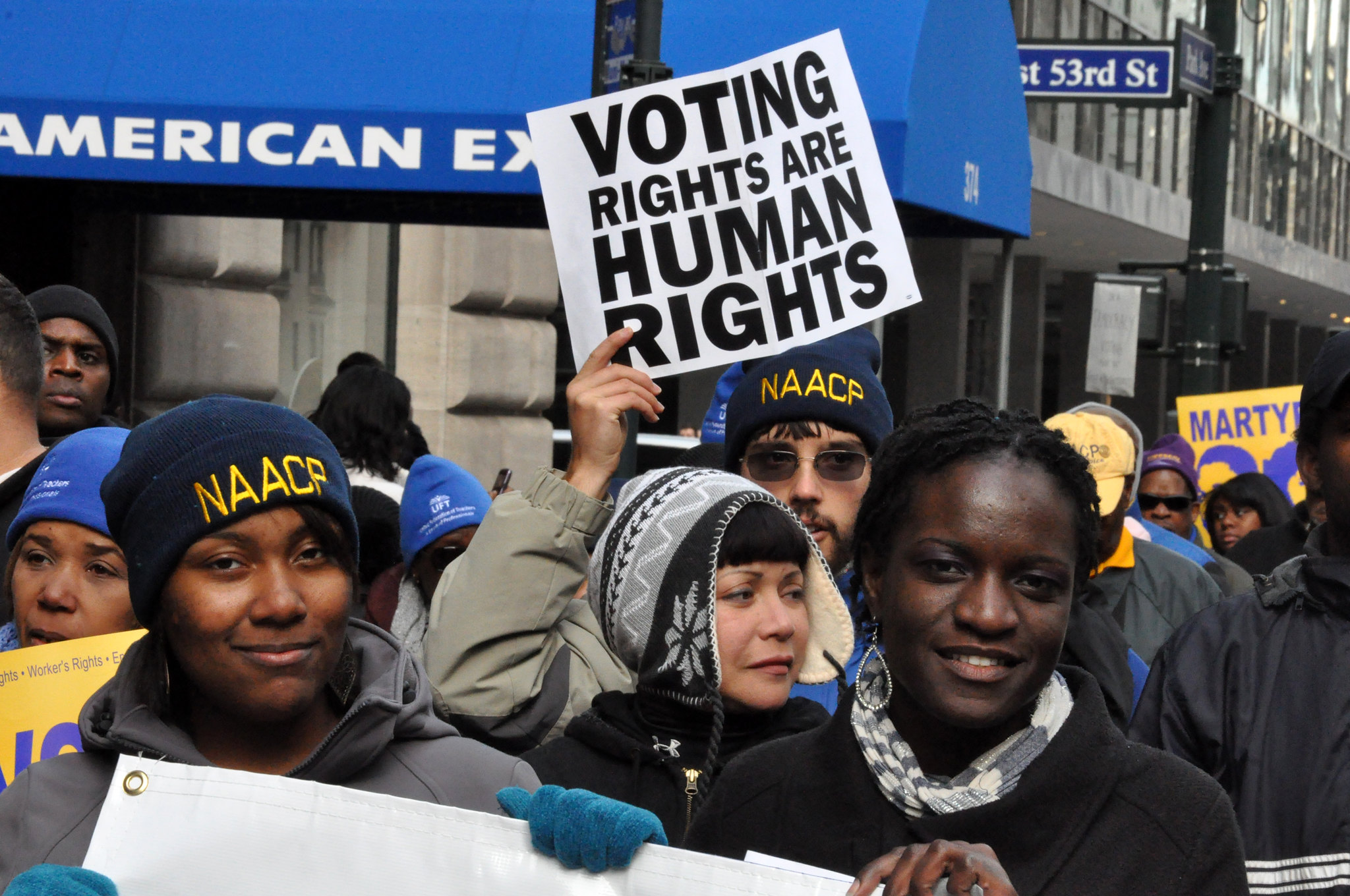My students were shocked that they had all made it through eleven years of formal public education and had never learned about the work of Black suffragettes. The “Who Gets to Vote? Teaching About the Struggle for Voting Rights in the United States” lesson from the Zinn Education Project allowed me to celebrate this group of women in a way that fully centered on student participation and inference.
The structure of the lesson was incredible because it started with a very basic question of who students think should be able to vote. I had students complete a “big paper” activity where they silently wrote on chart paper the qualifications of an ideal voter. They had to keep writing while a one minute timer counted down, never stopping to list qualities and descriptions of voters. It was very interesting to see that no students specified the ideal voter by race; rather, they used terms like “all people” and “anyone.”
When we reexamined our charts in part two of the lesson, we made connections between what we had already studied in terms of southern politics and systemic racism to piece together why certain groups would have been purposefully denied the franchise.







Twitter
Google plus
LinkedIn